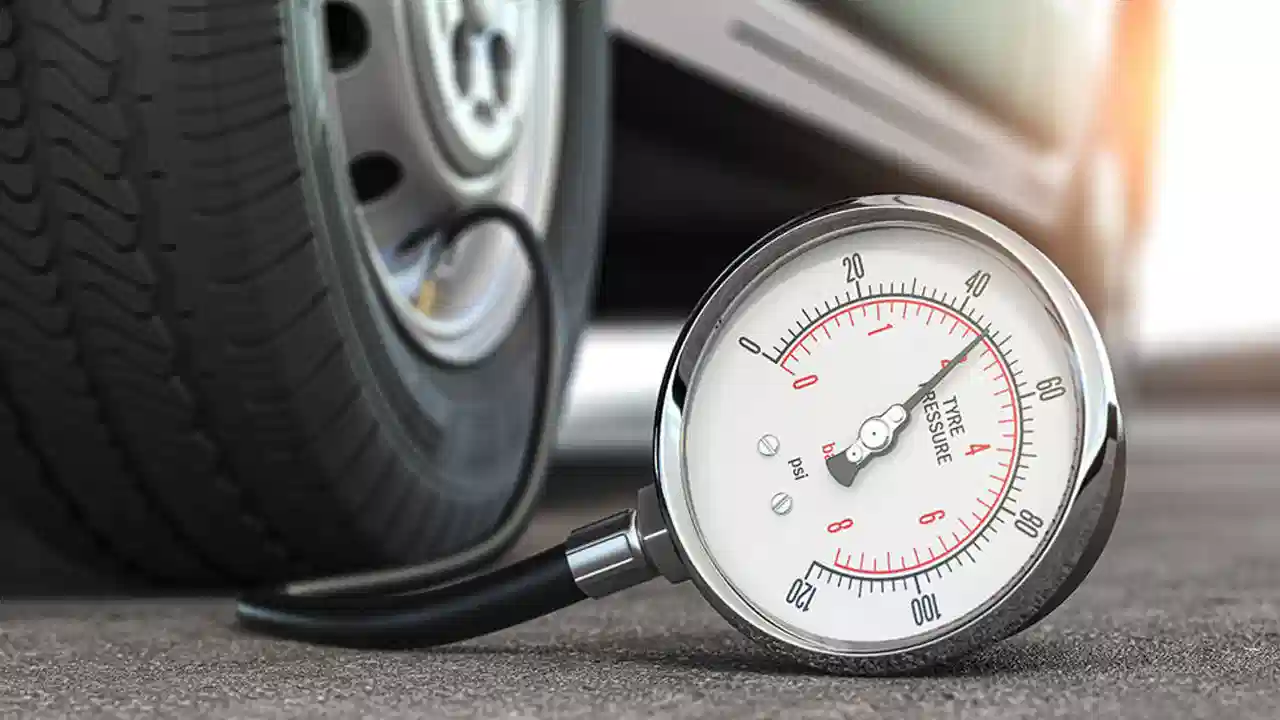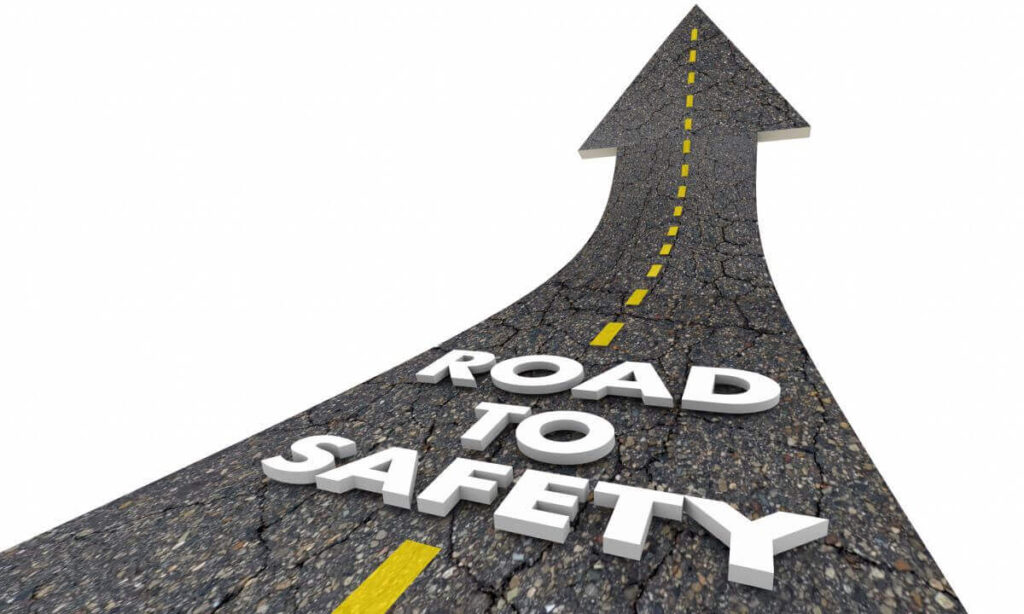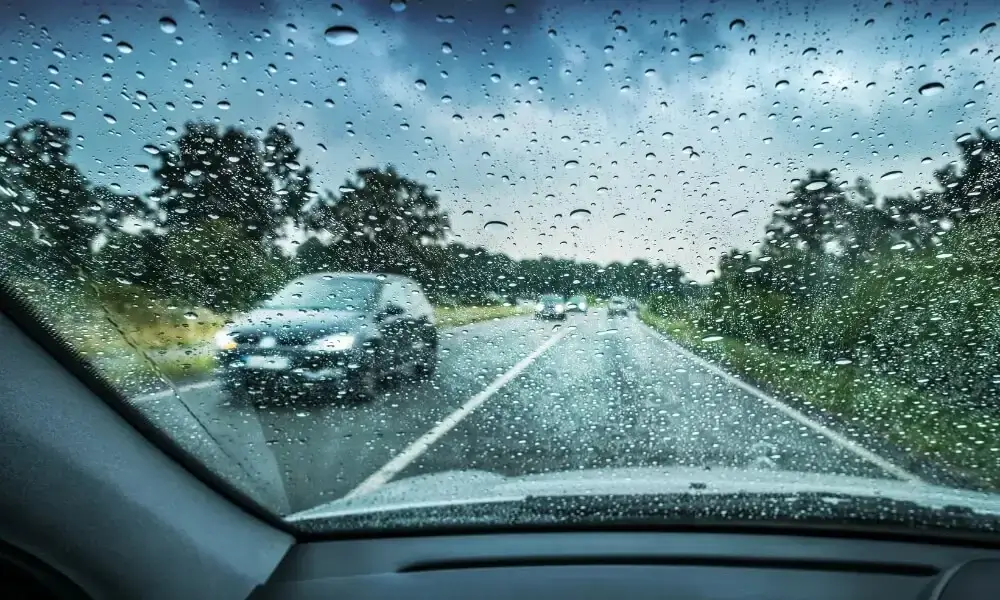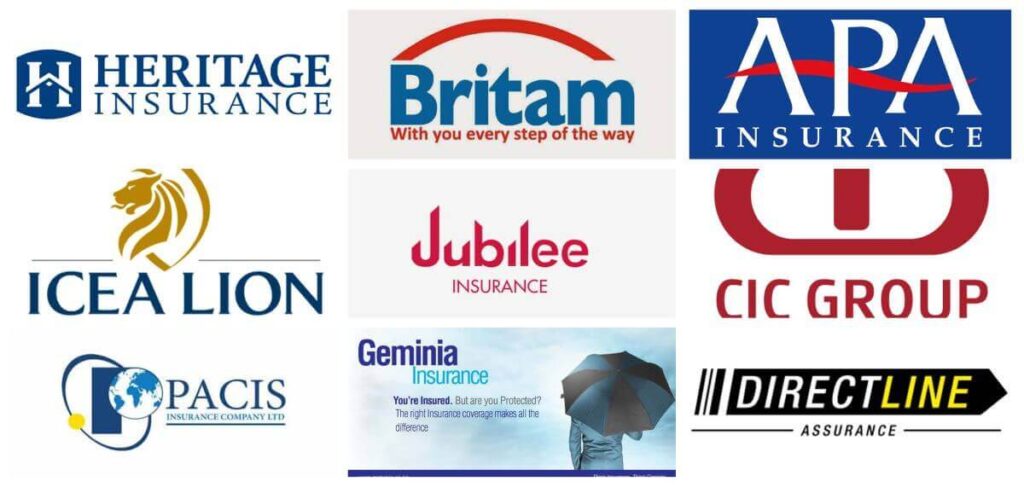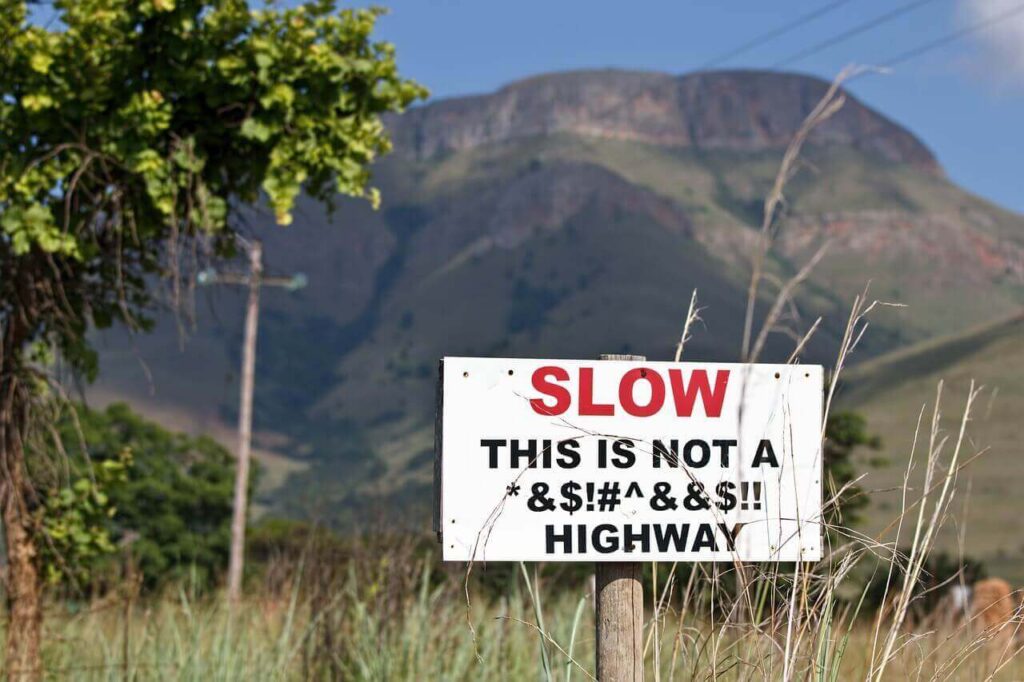Do you know what is the recommended tyre pressure for your car? How often do you check your tyres to ensure the tyres are at the recommended pressure? Running your car at the correct tyre pressure makes your car safer. For most of our cars, the recommended tyre pressure falls between 28 and 36 psi.
Read: How To Read Your Tyre Size And Specifications
What are the benefits of optimum tyre pressure? Optimum tyre pressure makes your car safer with a better and predictable handling on the road. There is no extra strain on your engine that will in turn increase fuel consumption. Your tyres will also last longer.
Where do I check for the recommended tyre pressure for my car? In most of our cars, the recommended tyre pressure is indicated on a sticker inside the door frame of the driver’s door. You can also find that information in your vehicle’s manual.
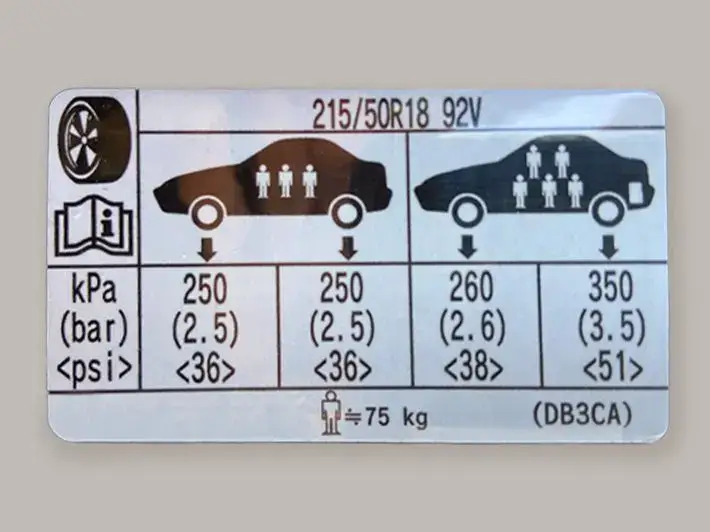
Why should I regularly check the tyre pressure for my car? Our tyres lose pressure over a period of time due to a variety of reasons. Regular checks are therefore important to notice the drop early. At least once a month and before a long journey is advised.
How do I check tyre pressure? You can use a tyre pressure gauge or visit the nearest petrol station that has an air pump
What happens when I have underinflated tyres? Underinflated tyres typically happen when we drive for a long time without checking the tyres. The tyres will wear faster on the inside and outside edges of the tread because of the uneven contact between tyres and road. Your engine will use more fuel as the car needs more power to overcome rolling resistance brought by the underinflated tyres. Braking and turning will also be affected.
What happens when I have overinflated tyres? Overinflated tyres have less contact with the road creating less traction. Your car will become unsafe to drive as it will need longer braking distance. The tyres will also wear faster along the centre tread.
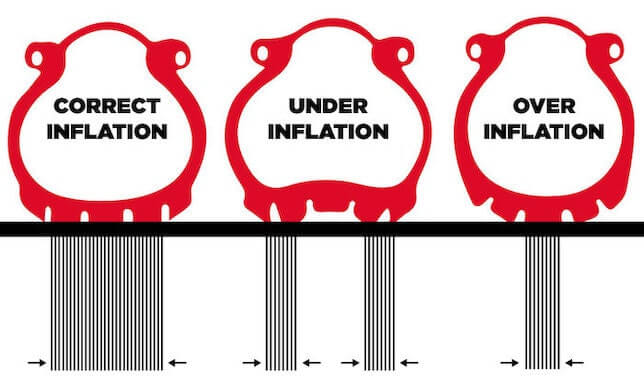
Are there circumstances where its advisable to underinflate or overinflate my tyres? Yes there are but temporarily. You can overinflate your tyres when carrying heavy loads or towing. You can let off some air and underinflate your tyres when driving on sand to increase traction.
Checking tyre pressure is easy and fast. Doing it regularly will save you a lot of headache. As you do that, also remember to keep an eye on your spare tyre’s pressure so you don’t get disappointed in an emergency.

